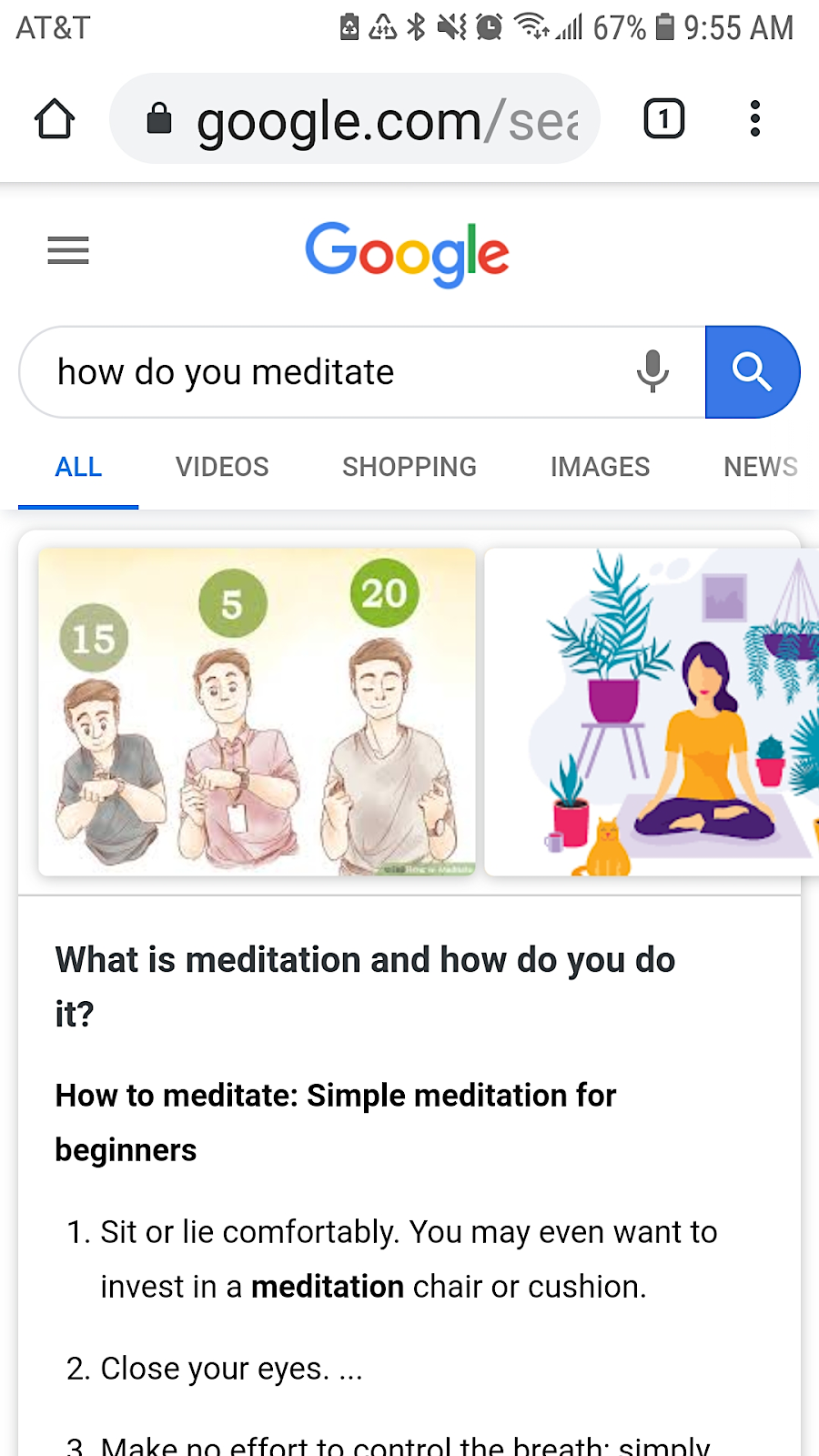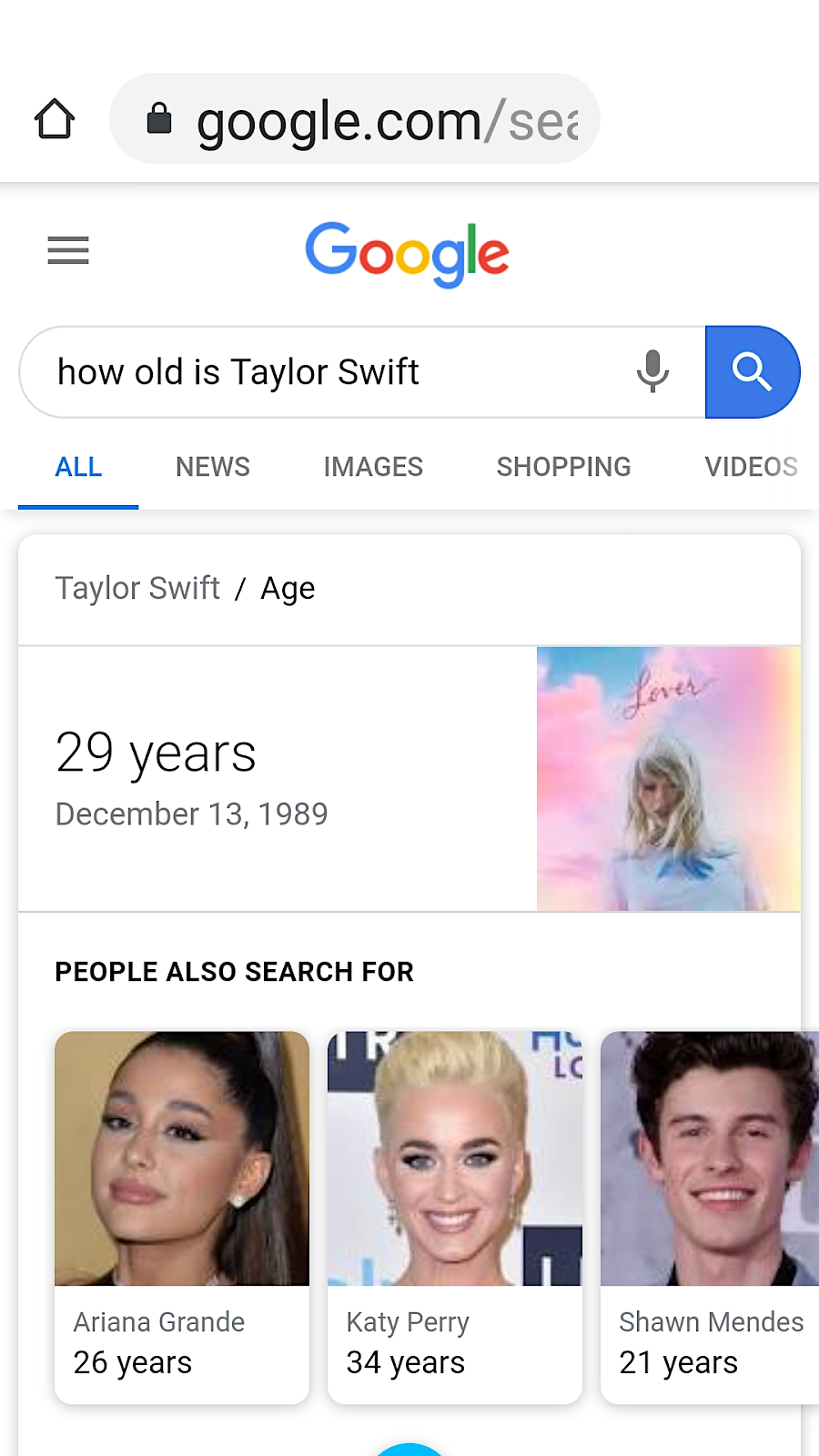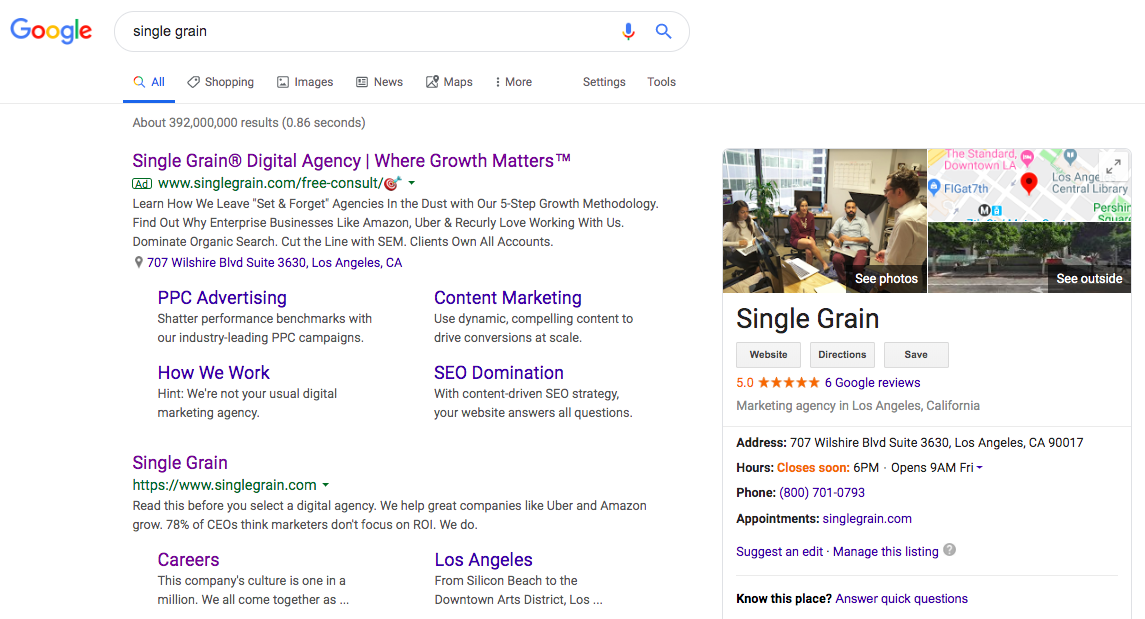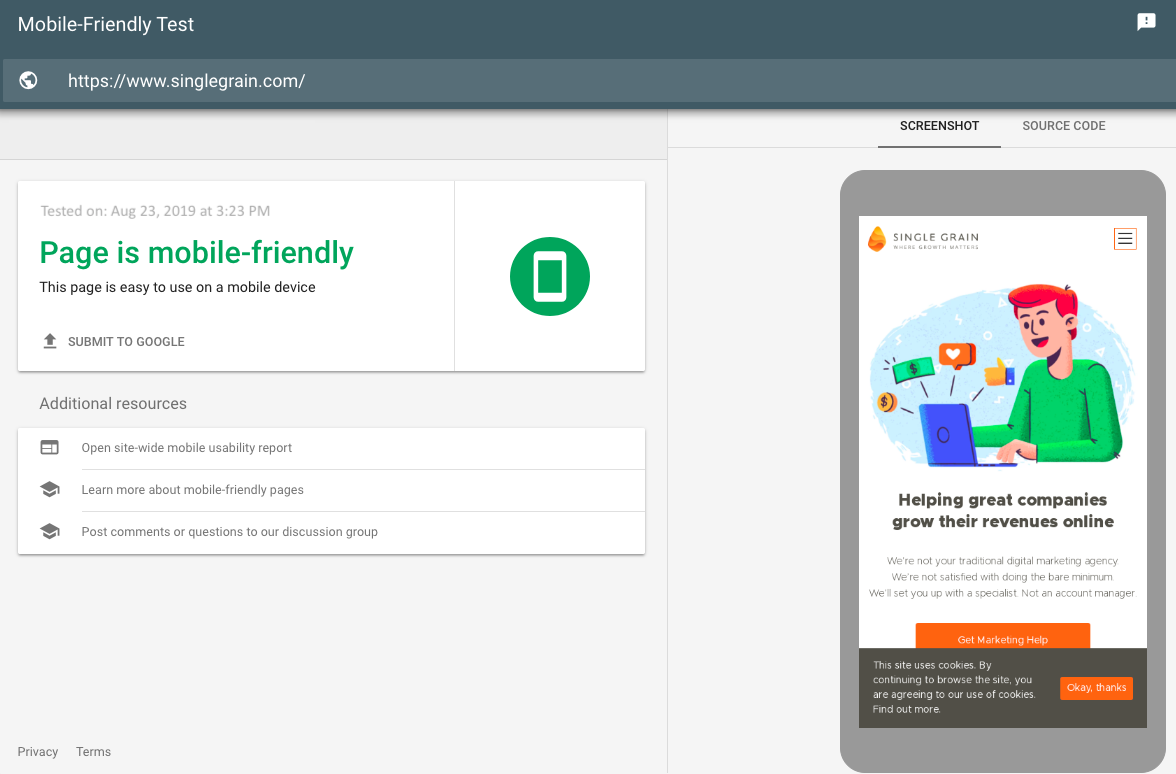Are you ready for SEO? I know you’re probably saying, “But Eric, 2020 is months away! Why do I need to worry about that now?” I’ll tell you why. Things are going to change in a big way and if you aren’t preparing now, you’re going to miss the boat.
The biggest change to SEO next year is going to be the growth of voice search. Consider these statistics:
- 31% of smartphone users worldwide use voice technology at least once a week
- 50% of all online searches will be voice-based by 2020
- 55% of U.S. households will have a smart speaker by 2022
Are you getting nervous yet? You should be. With voice search on a smartphone or desktop, it’s still good enough to have your links appear on the first page of Google search results. But on a smart speaker, it’s not enough.
If you’re not worried yet, let me lay it out for you: When voice search overtakes text search, only one search result will matter. If it’s not you, you’re going to lose, big time.
Now that I’ve probably totally freaked you out – and I hope I have, because this is serious – let me tell you what to do about it.
Always Aim for Google’s Featured Snippet
When you Google something now, you usually get a box where your query is answered, either in a paragraph, list or table. That’s called the featured snippet. In almost every case, the answer box text is pulled from one of the top 10 search results for that query. About 40% of Google Home results come from the featured snippet.
For example, I did a voice search on “how do you meditate?” and this is what came up:

This information is from yoga purveyor Gaiam, and it’s the second search result for the term. The snippet gives you a nice 4-step beginner’s guide to meditation with images. Because it’s so thorough, it pushes the actual search results way down, below YouTube video results and the “People Also Ask” section.
This is actually a good snippet for SEO, because it doesn’t give you all the information that you need in order to meditate; you have to click over for the rest of the information. But if I want to know how old Taylor Swift is?

You can see how that’s a problem for SEO. There’s my answer – no need to click anywhere or even figure out where the information originated.
To further complicate things, smart speakers don’t all use the same algorithms for answering queries. If I’m Gaiam, I’m happy with that spot on Google, but when you ask Alexa the same question, you get directed to wikiHow’s How to Meditate for Beginners.
WikiHow’s content is also a first page result for “how do you meditate,” but it’s much farther down than Gaiam. The smart speakers are optimizing results based on what works best for voice, and Google will likely follow suit as voice search grows in popularity.
Here’s how you get into Google’s featured snippet spot and dominate voice search:
- Focus on long-tail keywords. Whenever you create a piece of content, think about the questions that your readers have and how they ask them. Those are the phrases you should aim for.
- Make sure your title tags and headers ask the exact question as the keyword search. If your article is “The Ultimate Guide to Work-Life Balance” and you want your snippet to answer the question “What Is Work-Life Balance?” then make that your title tag – which doesn’t have to be the same as your headline. Then repeat the question in your first header and immediately answer it.
- Answer the question succinctly. The average paragraph length in a featured snippet is 40-60 words, so make sure to answer your keyword question as clearly and succinctly as possible.
These are good strategies to use when creating new content, but it’s also a good idea to go back and optimize old content, especially your most popular, evergreen pieces. Again, think of the main question that each article or blog post answers, and optimize for that.
You might already have featured snippets that link back to your website and not know it. Ahrefs’ Site Explorer tool can give you that information without your having to manually look up every keyword you rank for in Google:

If you do find out that you have content in featured snippets, don’t think that your work is done. You need to lock that down. Make sure that your content hits all the bullets I listed above, because if it doesn’t, it won’t be long until someone else creates something that does. Make sure there’s no room for competition in that spot.
Dive Deeper:
- Why You Should Use Long-Tail Keywords in Your SEO Campaign
- SEO Keyword Research Made Easy
- 22 Digital Marketing Trends You Can No Longer Ignore & Beyond
Focus on Building a Brand
A lot of people don’t think of brand building as a way to positively impact SEO, but it absolutely does. Branding gives you authority and trust, two things that search engines look at when determining where your content is ranked.
One of the big factors in Google’s algorithm is brand queries. You want to make sure that most – if not all – of the first page real estate for searches for your brand is made up of your own links. And you definitely want to make sure that nothing negative about your brand comes up there:

So how do you build a brand? You take an omnichannel approach to marketing. By using several different platforms for your marketing, like blogs, social media and podcasts, you’re building brand awareness and also giving Google more brand links to index. It’s a win-win.
The more first page results your brand has for search terms related to it, the better positioned you’ll be when voice search takes over. You’ll have full control over the messaging. Share on XBuilding your brand also means that you’ll get more links, which are one of the most important ranking factors on Google. Social shares and inbound links from websites with authority count for a lot.
Start building relationships with potential customers and deepen relationships with existing ones, but also reach out to influencers and experts in your niche. If you can get them to share your content, you’ll build your brand much more quickly.
Dive Deeper:
- 16 Branding Trends to Increase Awareness
- The Complete Guide to Brand Building (Must-Read for Digital Marketers)
- How to Optimize Your Brand for Search Engines
Install Amazon Polly on Your Website
Amazon Polly is a speech recognition tool that will read a piece of content out loud for you. It’s available as a WordPress plug-in, so it’s easy to integrate with blog posts. We added it to some of our content, and it increased dwell time on our website by 19%. And dwell time is an important factor for SEO.
Some people like to read content, while others prefer to listen to it. With Amazon Polly, anyone who visits your website has both options. And they’ll stick around as long as the content is interesting, useful and easily consumed.
Having your content already optimized for voice can only help you when search moves that way completely. In the meantime, your content will get ranked higher because more people are engaging with it.
Optimize Your Website for Mobile
Remember that earlier stat that 31% of smartphone users worldwide use voice technology at least once a week? Do you think Google is going to serve them up a result that isn’t mobile-friendly? No way.
You can check whether or not your website is fully optimized for mobile with Google’s Mobile-Friendly Test. Here’s what it looks like:

If your site doesn’t pass Google’s test, you’ll need to make some adjustments. If you use a CMS like WordPress for your website, try switching to a new theme that’s responsive – meaning that it will have a flexible layout that allows it to reconfigure for different screen sizes and still look great.
When creating mobile-friendly content, keep these principles in mind:
- Keep paragraphs short: ideally two or three sentences
- Break up text with headers: every 2-3 paragraphs, introduce the next idea with a header for easier scanning.
- Use bullets and numbered lists: help break up blocks of text by displaying multiple related ideas in list form (like this one!)
If you don’t have the chops to write mobile- and SEO-friendly content yourself, hand it off to someone else within the company or outsource it to a freelancer or agency.
When optimizing for voice search, it’s important to have the best content, not the most. One long-form article that clocks in at 2,500 words will do much more for you than four 500-word blog posts that barely scratch the surface of a topic. Content is an investment and if you do it right, you’ll recoup the money you put into it and then some.
Dive Deeper:
- Hey Siri: How Do I Optimize For Voice Search?
- How to Optimize Your Website for Voice Search and Wearable Tech
- Beginner’s Guide to Voice Search SEO
Backlinko’s Voice Search Ranking Factors Study
Backlinko recently analyzed 10,000 Google Home results to learn about voice SEO, and they found out that there are some other factors that help determine who gets the coveted spot, including:
- Page speed: The average voice search result page loads in 4.6 seconds. This is 52% faster than the average page.
- HTTPS over HTTP: More than 70% of Google Home results had HTTPS.
- Social engagement: The average voice search result has 1,199 Facebook shares and 44 Tweets.
- Word count: The average word count of a voice search result page is 2,312 words. This is slightly higher than on Google, which is 1,890 words.
- Reading difficulty: The average Google voice search result is written at a 9th grade level.
There’s tons of great information in the study and I highly recommend you read it all. But definitely try to incorporate these takeaways into your voice SEO strategy.
Get Ready for the “Voicesearchageddon”
Voice search is going to be a big deal for SEO and beyond, and everyone needs to start paying attention. It may still be 2019, but the reason I’m telling you this now is so you have time to prepare.
If you do everything I outlined here, it’ll probably take 2-5 months before you see real results. It takes time to climb in the rankings and also to figure out which keywords are going to work for you. Plus, you have to either create or optimize all the content. It’s a lot, and you need to do it yesterday.
I want you to be prepared for the Voicesearchageddon (I’m still workshopping that name) before it arrives. So please, start optimizing your content, stat. If you wait too long, it will be too late and someone else will take your spot. And knocking someone out of first place is much harder than sliding in there with no competition.
Check out this video on how SEO will change – and find more marketing videos on our YouTube channel!




